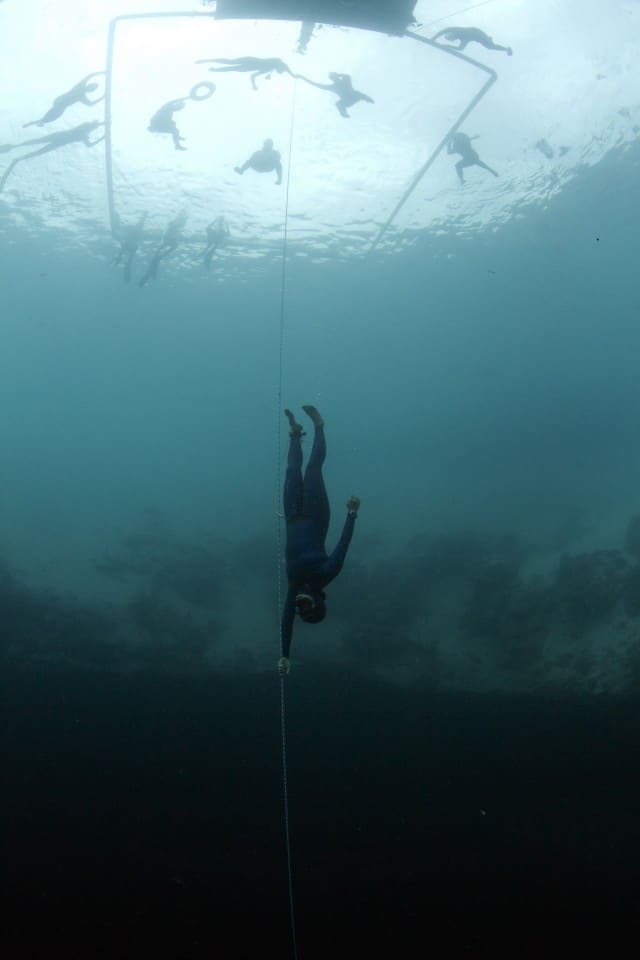


Within a couple of months he was consistently sinking more than 100 shots in a row.
Wired almost impossible free#
"I played high school basketball, and I played recreationally till I was 44." A few years later, in his early 50s, he started practicing free throws every day at his local gym.
Wired almost impossible pro#
That might explain why the best free throw shooter on earth isn't a pro basketball player, but Bob Fisher, a 62-year-old soil-conservation technician from Centralia, Kansas.īy his own admission, Fisher is no standout athlete. Getting a player to shoot not just consistently but properly has little to do with their inborn talent or athleticism, and almost everything to do with hard work. That's actually good news, Silverberg says, because it suggests that sharpshooters are made, not born. The latter, in fact, are often plenty consistent-they're just consistent at the wrong things. Surprisingly, Silverberg says there's very little separating players like Nash from those who average 75 percent from the line. As Nash describes it: "There's no strain, there's no forcing, there's no flicking at the rim, there's just a really smooth stroke." The most advantageous release angle for a given shooter also corresponds to their lowest launch speed-a relationship that helps explain why shots that go in often feel like they require less effort than shots that don't. (That spin buys you some wiggle room, in the event you over- or under-shoot.) The best angle of trajectory is between 46 and 54 degrees from the horizon, depending on your height. The other two elements-release angle and backspin-are less critical, but still important: The ideal rate of spin is three backward rotations per second, which, incidentally, is about how long it should take the ball to make the trip from a player's hand to the hoop.

Silverberg calls it a geometric problem-one that, for most people, involves keeping their shooting elbow tucked and the ball correctly positioned in their hand, in relation to the hoop. Shooting straight is the second most important parameter, and it’s easier to pick up. Of his more than 100 attempts that follow, Nash hits all but one. For the next 90 minutes, Nash and I take turns shooting from the foul line. That earlier shot, the miss, must have been some kind of calibration procedure: This time, the ball goes in. He tries again, running through the rhythmic, pre-shot ritual he's performed the same way, tens of thousands of times, for going on 30 years: He aligns his toes behind the foul line, his left foot a couple inches behind his right bounces the ball three times fixes his gaze on the basket lowers his body into a deep and unshakably stable squat breathes deep then rises steadily, elevating his arms and exhaling an audible puff of air as he lofts the ball toward its target. Nash grabs his rebound and returns to the foul line. An uncomfortable thought enters my head: What if he's lost his touch? But he hasn't worked on his foul shot since. When he retired from the NBA in 2015, Nash, a two-time MVP, left with a career average 90.43 percent from the line-the highest in league history. Steve Nash, who has met me at a court in Manhattan Beach on a cloudy Monday afternoon to shoot free throws, glances over and chuckles at his miss. The basketball arcs through the air and donks off the front of the rim.


 0 kommentar(er)
0 kommentar(er)
